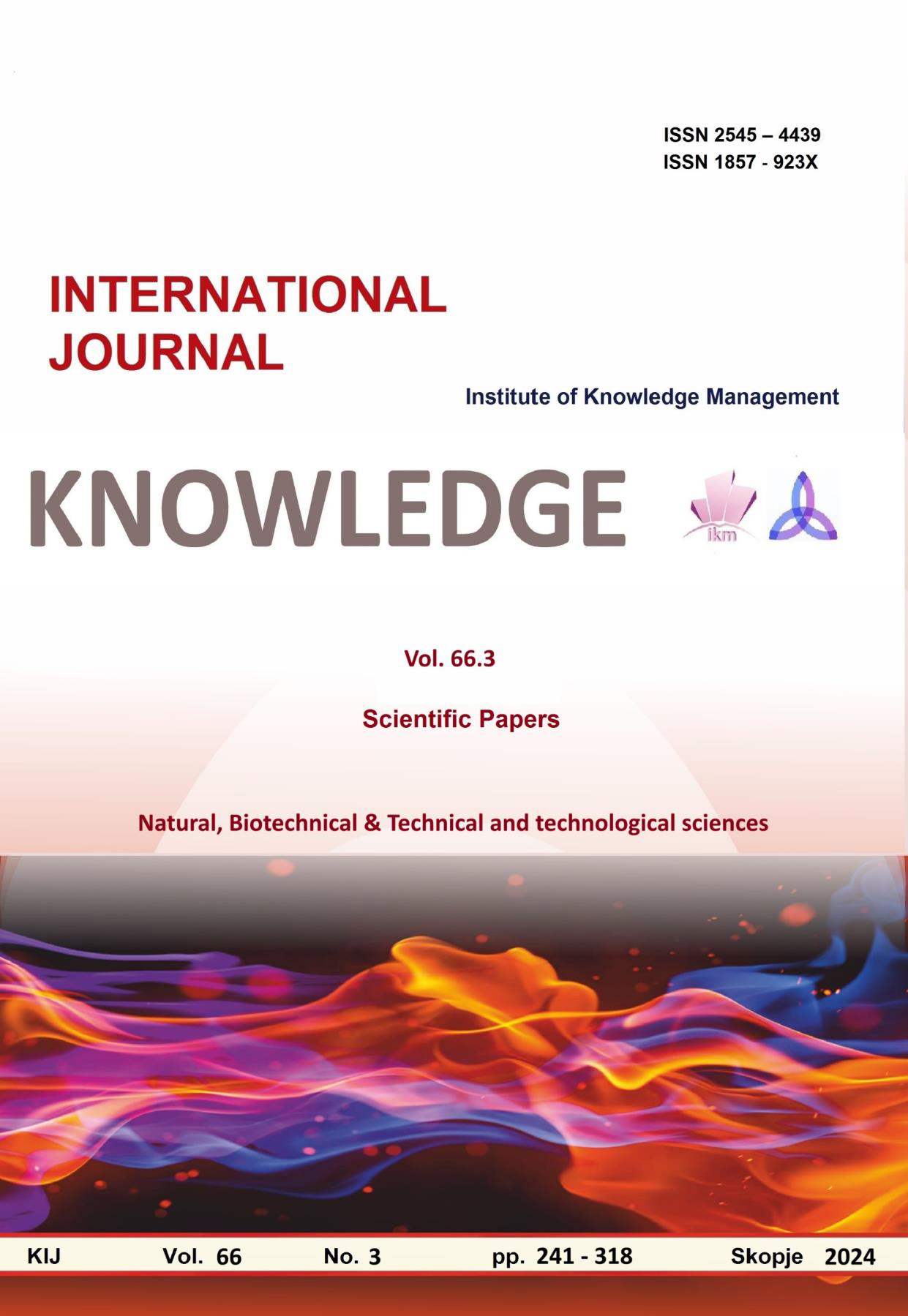THE EFFECT OF ADDED MELON PUREE AND XANTHAN GUM ON LOW-FAT PROBIOTIC YOGURT
THE EFFECT OF ADDED MELON PUREE AND XANTHAN GUM ON LOW-FAT PROBIOTIC YOGURT
Author(s): Tanja Stojanovska, Tatjana Kalevska, Nevena Gruevska, Daniela Nikolovska Nedelkoska, Vezirka JankuloskaSubject(s): Economy, Agriculture
Published by: Scientific Institute of Management and Knowledge
Keywords: Fruit yogurt;melon puree;xanthan gum;water activity;active acidity;titration acidity;syneresis;sensory analysis
Summary/Abstract: Yogurt is a popular fermented milk product consumed primarily for its nutritional value, health benefits, and therapeutic attributes. The addition of fruit to yogurt contributes to the improvement of its functional properties and affects syneresis and sensory quality. Hydrocolloids are often incorporated into yogurt during production to enhance its technological characteristics. Although there is research on the impact of added fruit in yogurt, there is a lack of data on the effect of melon puree added to yogurt after fermentation, with or without xanthan gum as a stabilizer. For this purpose, four yogurt samples were prepared: a commercial probiotic yogurt with 1% m.m. as the control sample (JP), a sample with 85% commercial probiotic yogurt and 15% melon puree (JD), a sample with 100% commercial probiotic yogurt and 0.15g xanthan gum (JK), and a sample with 85% commercial probiotic yogurt, 15% melon puree, and 0.15g xanthan gum (JDK). Physico-chemical parameters, including moisture %, water activity (aw), active acidity (pH), titration acidity (oSH), and syneresis, were analyzed in all samples during storage for 0, 3, and 6 days. The results are presented as x̄ - mean value, ± Sd - standard deviation, from n-3 – number of repetitions. Sensory evaluation was also performed for all yogurt samples, assessing quality indicators such as appearance, color, taste, smell, aroma, and consistency. From the obtained results, we can conclude that the moisture content of all yogurt samples increased during storage. Melon puree increased syneresis in the JD sample, whereas the addition of xanthan gum in the JK sample led to a decrease in syneresis. However, the lowest syneresis values were observed in the JDK sample compared to the other samples, with 10.92 ± 0.064 and 18.06 ± 0.206 for the 0th and 6th days, respectively. This is likely a reflection of the synergistic effect of the melon puree and xanthan gum. The water activity (aw) of all samples during the analyzed periods ranged from 0.980 ± 0.001 to 0.974 ± 0.005, indicating minimal influence from the added melon puree and xanthan gum. The addition of xanthan gum in the JK sample led to a reduction in both pH value and titration acidity (oSH), while higher values for these parameters were observed in the JD sample due to the addition of melon puree. Sensory evaluation revealed that the highest-rated samples were J and JK, which, with average weighted scores of 4.8 and 4.69, respectively, were classified as excellent quality products.
Journal: Knowledge - International Journal
- Issue Year: 66/2024
- Issue No: 3
- Page Range: 261-266
- Page Count: 6
- Language: English

